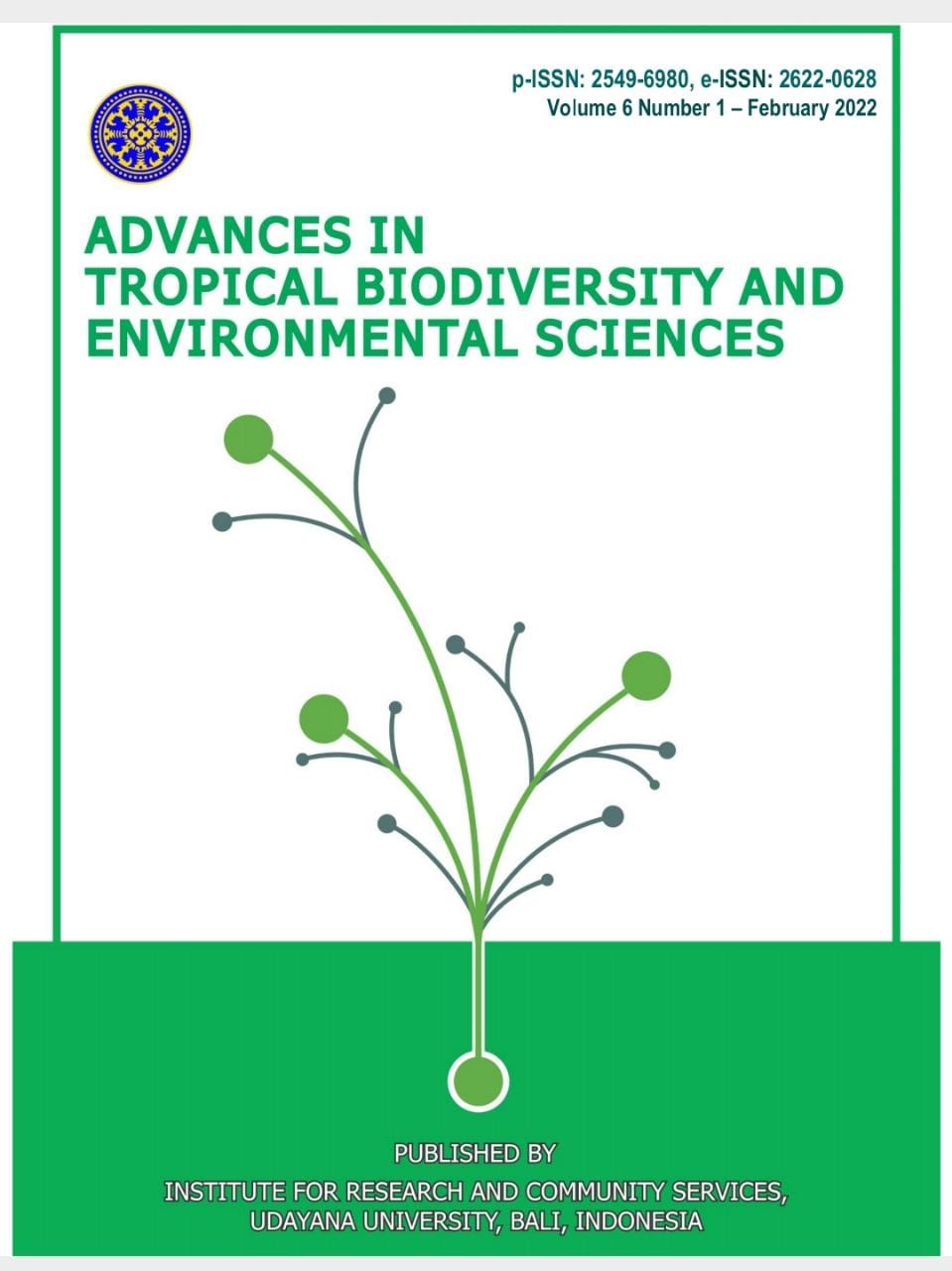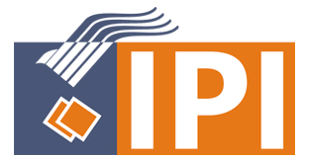A Comparison of Eucheuma cottonii Seaweed Cultivation in Monoculture and Polyculture Systems
Abstract
Seaweed is a commodity that has high economic value and benefits. The implementation of seaweed cultivation is quite short and the export market opportunities are wide open because the need for seaweed is quite large. This study aims to determine the growth rate of seaweed with monoculture and polyculture cultivation systems and the survival rate of abalone in polyculture cultivation. The research used an experimental method with Completely Randomized Design (CRD) consisting of two treatments and three replications. The cultivation system in this study was seaweed monoculture Eucheuma cottonii with an initial weight of 100 gr and 100gr seaweed polyculture with abalone Haliotis squamata, each polyculture culture net bag containing 50 abalones. The value of the specific growth rate of monoculture seaweed was 2.21%/day, lower than the specific growth rate of polyculture, which was 3.61%/day. T-test analysis showed the value of sig = 0.049 < = 0.05, which means that there is a significant difference between the treatment of monoculture cultivation and polyculture cultivation. The abalone growth rate value ranged from 0.78-0.91%/day and the abalone survival rate ranged from 68-76%. Changes in environmental conditions affect the condition of abalone and seaweed so that the survival value of abalone is quite low and seaweed is infected with an ice-ice disease which causes a decrease in seaweed weight gain in the final week of the study period.
Downloads
References
[2] Serdiati, N., Widiastuti.I.M, 2010. Pertumbuhan dan Produksi Rumput Laut Euchema cottonii pada Kedalaman yang Berbeda. Media Litbang Sulteng. Vol 3(1) 21-26.
[3] [Kemendikbud] Kementerian Pendidikan dan Kebudayaan, Direktorat Pembinaan Sekolah Menengah Kejuruan. 2013. Teknik Penanaman Rumput Laut. Buku Teks Bahan Ajar Siswa.
[4] Ranoemihardjo, B.S., Kahar, A., & Lopez, J.V. (1979). Results of polyculture of milkfish and shrimp at the Karanganyar provincial demonstration ponds. Bulletin of Brackishwater Aquaculture Development Center, 5(1&2), 334-350.
[5] Dewi, A.P.W.K. dan Ernawati, N.M. (2019). Peningkatan Produktivitas Rumput Laut Menggunakan Sistem Kantong di Perairan Pantai Kutuh, Badung, Bali. Laporan Penelitian. Universitas Udayana. Bali.
[6] Muchlisin, Z.A., M. Nazir, N. Fadli, M. Adlim M. 2017. Growth performance, protein and lipid retentions on the carcass of Acehnese mahseer, Tor tambra (Pisces: Cyprinidae) fed commercial diet at different levels of protein. Iranian Journal of Fisheries Science, 16(2): 557-566.
[7] Yustianti, Y., Ibrahim, M. N., dan Ruslaini, R. (2013). Pertumbuhan dan Sintasan Larva Udang Vaname (Litopenaeus vannamei) Melalui Substitusi Tepung Ikan dengan Tepung Usus Ayam. Jurnal Mina Laut Indonesia, 1(1), 93-103.
[8] Yamin, Sofyan dan Heri Kurniawan. 2011. Generasi Baru Mengolah Data Penelitian dengan Partial Least Square Path Modeling : Aplikasi dengan Software XLSTAT, SmartPLS, dan Visual PLS. Salemba Infotek. Jakarta.
[9] Yusran, Tribuana H., dan Marhayana. (2021). Laju Pertumbuhan Rumput Laut dengan Bobot Bibit Berbeda Menggunakan Jaring Trawl dan Long Line. Fisheries of Wallace Journal. Vol. 2(1):10-19.
[10] Harapan, S.B.S. 2019. Performansi Pertumbuhan Rumput Laut (Kappaphycus alvarezii) dengan Menggunakan Bibit Hasil Kultur dan Non Kultur Jaringan di BBPBL, Lampung. Jurnal Kelautan dan Perikanan Terapan. 2(2):93-99.
[11] Amiluddin, N. M. 2007. Kajian Pertumbuhan dan Kandungan Karaginan Rumput Laut Kappaphycus alvarezii yang Terkena Penyakit Ice-ice Di Perairan Pulau Pari Kepulauan Seribu. [Tesis]. IPB. Bogor. 78 hal.
[12] Arisandi, A., Farid A danWahyuni E.A. 2013. Dampak Infeksi Ice-ice dan Epifit Terdahap Pertumbuhan Eucheuma cottonii. Indonesian Journal of Marine Sciences. Vol 18(1): 1-6.
[13] Setiawati, I.A. 2019. Kandungan Bahan Organik di Sedimen Pada Budidaya Abalon Haliotis squamata dengan Sistem Co-culture di Pantai Geger. Journal of Marine Research and Technology. Vol 2(2): 1-6.
[14] Chopin T. 2006. Integrated multi-trophic aquaculture. What it is, and why youshould care and dont confuse it with polyculture. Northern Aquaculture. Vol. 12 (4): 542-564.
[15] Breanita, Yesi., Watiniasih N.L., dan Dewi, A.P.W.K. 2020. Seaweed Growth Rate (Eucheuma cottonii) in Monoculture and Co-Culture Cultivation Systems in Coastal area of Pandawa Beach, Bali. Advances in Tropical Biodiversity and Environmental Sciences. Vol 4(2): 53-57.
[16] Yulianto, K. dan Mira. S. 2009. Budidaya Makroalga K. alvarezii (Doty) secara Vertikal dengan Gejala Penyakit IceIce di Perairan Pulau Pari. Loka Pengembangan Kompetensi SDM Oseanografi Pulau Pari-LIPI. 334 hal
[17] Hayati, H. 2018. Laju Pertumbuhan Kerang Abalon Haliotis squamata Melalui Budidaya IMTA (Integrated Multi Trophic Aquaculture) di Pantai Geger, Nusa Dua, Kabupaten Badung, Provinsi Bali. Journal of Marine and Aquatic Sciences. Vol 4:2. Hal 253- 262.
[18] Gultom, R.C. 2019. Perbandingan laju pertumbuhan rumput laut (Euchema cottoni) dengan menggunakan sistem budidaya co-culture dan Monoculture di Perairan pantai Geger, Nusa Dua, Bali. Journal of Marine Research and Technology. Vol 2(1):8-12
[19] Rusdi I, Susanto B, Rahmawati R, and Giri I N A. 2011. Technical guide for seedling of Abalone (Haliotis squamata). Gondol Research Institute for Mariculture. Agency for Marine and Fisheries Research and Development. pp. 33













